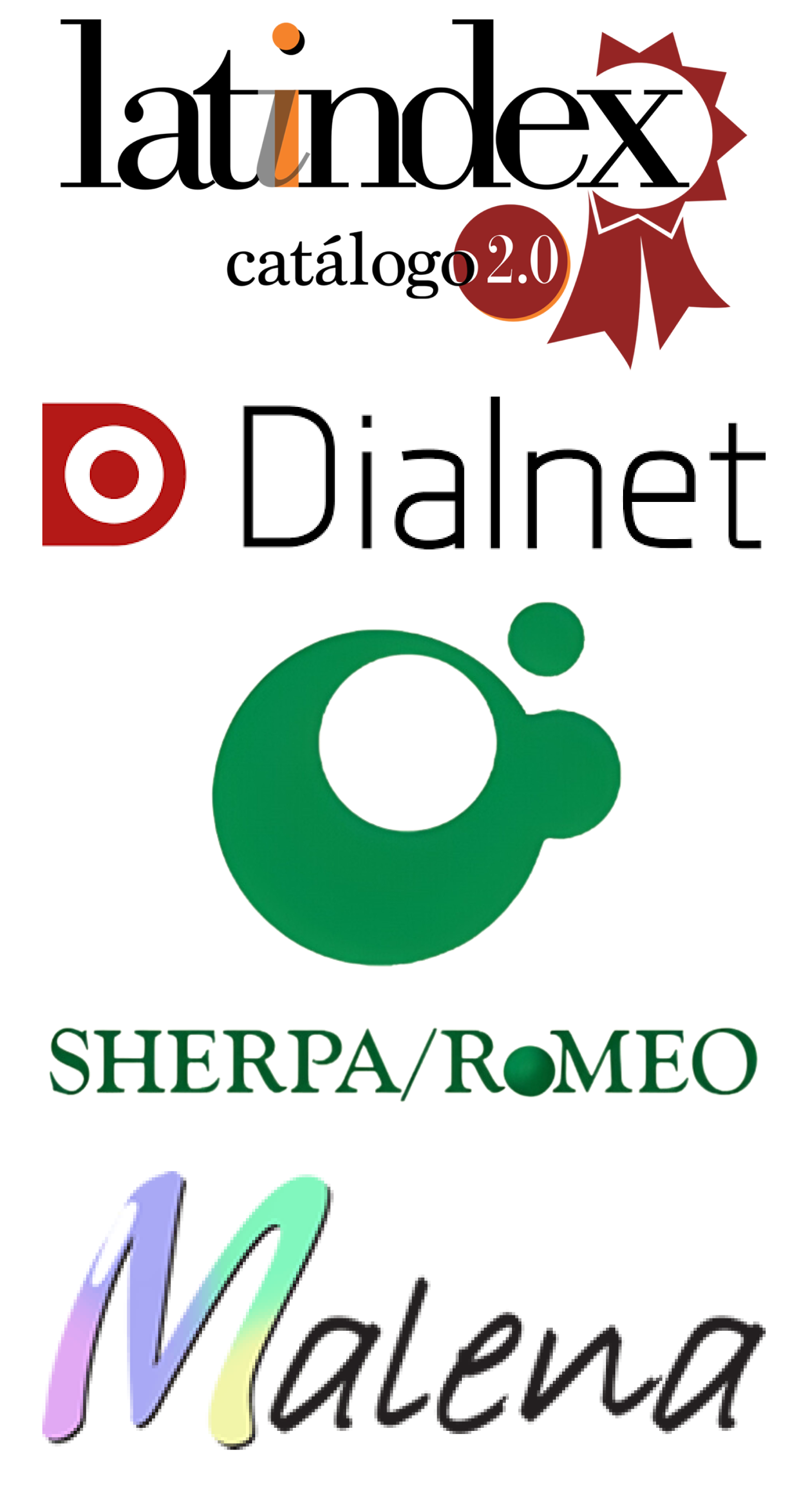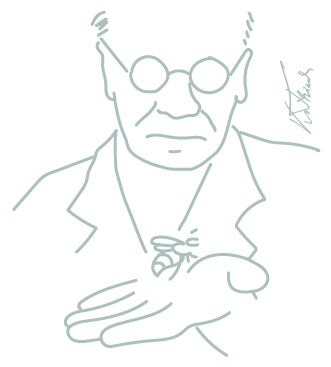Sensory profile and Check-All-That-Apply (CATA) as tools for evaluating the sensory characteristics of honey
DOI:
https://doi.org/10.52559/eunk.v2i1.37Keywords:
assessors, CATA, consumers, descriptive sensory analysis, honeyAbstract
Argentina is one of the world's largest producers of honey. There is a great geographical diversity that allows producing honey with varied sensory characteristics. To stand out in the market, it is useful for beekeepers to know the sensory description of their honey. The quantitative descriptive method is indicated for this purpose. However, it is costly and time-consuming. Alternative methods have been proposed, with the participation of consumers, such as the Check all that apply (CATA) method. In this work, the relevance of using the CATA method for the sensory description of honey was analyzed compared to quantitative descriptive method. Five kinds of honey of different floral and geographical origins were studied. The quantitative descriptive analysis was performed by a panel of eight selected and trained members; 75 consumers participated in the CATA. Similar results were obtained when honey and descriptive sensory attributes were represented. However, the trained assessors were more accurate and gave a more precise and complete description of the smell and aroma of the samples analyzed. The CATA method is considered to be an adequate but insufficient approximation to replace the panel of assessors when a more punctual sensory description is required.
Downloads
References
AOAC. Official Methods of Analysis (2012). Chapter 44, (19th ed.). Gaithersburg: AOAC International.
Ares, G., Barreiro, C., Deliza, R., Giménez, A., & Gámbaro, A. (2010). Application of a checkall-that-apply question to the development of chocolate milk desserts. Journal of Sensory Studies, 25, 67-86. https://doi.org/10.1111/j.1745-459x.2010.00290.x DOI: https://doi.org/10.1111/j.1745-459X.2010.00290.x
Ares, G. (2011). Nuevas metodologías para la caracterización sensorial de alimentos. [Ponencia]. V Simposio Internacional de Desarrollo e Innovación de Alimentos, INNOVA 2011, Uruguay.
Ares, G., Antúnez, L., Bruzzone, F., Vidal, L., Giménez, A., Pineau, B., Beresford, M., Jin, D., Paisley, A., Chheang, S., Roigard, C., & Jaeger, S.R. (2015). Comparison of sensory product profiles generated by trained assessors and consumers using CATA questions: four case studies with complex and/or similar samples. Food Quality and Preference, 45, 75-86. https://doi.org/10.1016/j.foodqual.2015.05.007 DOI: https://doi.org/10.1016/j.foodqual.2015.05.007
Aytop, Y., Akbay, C., & Meral, H. (2019). Consumers’ behavior towards bee products consumption in the centre district of Kahramanmaras province. KSÜ Tarımve Doğa Derg, 22(2), 449-455. https://doi.org/10.18016/ksutarimdoga.vi.561320 DOI: https://doi.org/10.18016/ksutarimdoga.vi.561320
Batt, P. J., Liu, A. (2012). Consumer behaviour towards honey products in Western Australia. British Food Journal, 114(2), 285-297. https://doi.org/10.1108/00070701211202449 DOI: https://doi.org/10.1108/00070701211202449
Bruzzone, F., Ares, G., & Giménez, A. (2012). Consumers' texture perception of milk desserts II. Comparison with trained assessors' data. Journal of Texture Studies, 43, 214–226. https://doi.org/10.1111/j.1745-4603.2011.00332.x DOI: https://doi.org/10.1111/j.1745-4603.2011.00332.x
Buhociu, F. M., Zugravu, A., Turek-Rahoveanu, C. L., Turek-Rahoveanu, M. M., & Zugravu, A. (2021). Fuzzy sensory quality certification in intensive organic beekeeping. Agriculture, 11, 644. https://doi.org/10.3390/agriculture11070644 DOI: https://doi.org/10.3390/agriculture11070644
Cabrera, M., & Santander, E. (2022). Physicochemical and sensory analysis of honeys from eastern Formosa province (Argentina) and its relationship with their botanical origin. Food Chemistry Advances, 1. https://doi.org/10.1016/j.focha.2022.100026 DOI: https://doi.org/10.1016/j.focha.2022.100026
Ciappini, M. C., Gatti, M. B., Di Vito, M. V., & Calviño, A. M. (2013). Development of a quantitative descriptive sensory honey analysis: application to eucalyptus and clover honeys. Advance Journal of Food Science and Technology, 5(7), 829-838. Https://doi.org/10.19026/ajfst.5.3169 DOI: https://doi.org/10.19026/ajfst.5.3169
Ciappini, M. C. (2019). Capítulo III. Análisis Sensorial. En L. Gurini (Ed.). Guía para la caracterización de mieles argentinas, (pp. 36-45). Buenos Aires: Ministerio de Agricultura, Ganadería y Pesca de la Nación, Secretaría de Alimentos y Bioeconomía y PROAPI, Instituto Nacional de Tecnología Agropecuaria (INTA). https://doi.org/10.21840/siic/156179 DOI: https://doi.org/10.21840/siic/156179
Ciappini, M. C., Pozzo, L., Diaz, P., & Arias, L. (2022). Perfil sensorial y mapa de preferencia para mieles argentinas de diferentes orígenes florales, AgriScientia, 39(1), 133-142. https://doi.org/10.31047/1668.298x.v39.n1.35250 DOI: https://doi.org/10.31047/1668.298x.v39.n1.35250
Dooley, L., Lee, Y. S., & Meullenet, J. F. (2010). The application of check-all-that-apply (CATA) consumer profiling to preference mapping of vanilla ice cream and its comparison to classical external preference mapping. Food Quality and Preference, 21, 394-401. Https://doi.org/10.1016/j.foodqual.2009.10.002 DOI: https://doi.org/10.1016/j.foodqual.2009.10.002
FAO (2022). World Food and Agriculture – Statistical Year book 2022. Rome.
Ghanbari, M., Ghasemi, J., & Mortazavian, A. (2017). Comparison of three sensory characterization methods based on consumer perception for the development of a novel functional cereal-based dessert. AIMS Agriculture and Food, 2(3), 258-278. https://doi.org/10.3934/agrfood.2017.3.258 DOI: https://doi.org/10.3934/agrfood.2017.3.258
Hunter, M., Kellett, J., Toohey, K., & Naumovski, N. (2021). Sensory and compositional properties affecting the likeability of commercially available Australian honeys. Foods, 10, 1842. https://doi.org/10.3390/foods10081842 DOI: https://doi.org/10.3390/foods10081842
IRAM 20003 (2012). Análisis sensorial. Guía para la instalación de locales de ensayo. Buenos Aires: Instituto Argentino de Normalización y Certificación.
ISO 13299 (2016). Sensory analysis. Methodology. General guidance for establishing a sensory profile. Geneva, Switzerland: International Organization for Standardization. https://doi.org/10.3403/30291699 DOI: https://doi.org/10.3403/30291699
Jaeger, S. R., Beresford, M. K., Paisley, A. G., Antúnez, L., Vidal, L., Silva-Cadena, R., Giménez, A., & Ares, G. (2015). Check-all-that-apply (CATA) questions for sensory product characterization by consumers: investigations into the number of terms used in CATA questions. Food Quality and Preference, 42, 154-164. https://doi.org/10.1016/j.foodqual.2015.02.003 DOI: https://doi.org/10.1016/j.foodqual.2015.02.003
Khansaritoreh, E., Salmaki, Y., Azirani, T., Henareh, F., Alizadeh, K., Ramezani, E., Zarre, S., Beckh, G., & Behling, H. (2021). The sources and quality of Iranian honey. Helyon, 7. https://doi.org/10.1016/j.heliyon.2021.e06651 DOI: https://doi.org/10.1016/j.heliyon.2021.e06651
Kivima, E., Tanilas, K., Martverk, K., Rosenvald, S., Timberg, L., & Laos, K. (2021). The composition, physicochemical properties, antioxidant activity, and sensory properties of Estonian honeys. Foods, 10, 511. https://doi.org/10.3390/foods10030511 DOI: https://doi.org/10.3390/foods10030511
Kortesniemi, M., Rosenvald, S., Laaksonen, O., Vanag, A., Ollikka, T., Vene, K., & Yang, B. (2018). Sensory and chemical profiles of Finnish honeys of different botanical origins and consumer preferences. Food Chemistry, 246, 351-359. https://doi.org/10.1016/j.foodchem.2017.10.069 DOI: https://doi.org/10.1016/j.foodchem.2017.10.069
Kumar, A., Singh-Gilla, J. P., Singh-Bedia, J., Manavb, M., Ansaric, M. J., & Singh-Walia, G. (2018). Sensorial and physicochemical analysis of Indian honeys for assessment of quality and floral origins. Food Research International, 108, 571-583. https://doi.org/10.1016/j.foodres.2018.04.005 DOI: https://doi.org/10.1016/j.foodres.2018.04.005
Lê, S., Josse, J. & Husson, F. (2008). FactoMineR: An R package for multivariate analysis. Journal of Statistical Software, 25, 2-18. https://doi.org/10.18637/jss.v025.i01 DOI: https://doi.org/10.18637/jss.v025.i01
MERCOSUR/GMC/Res. Nº 56/99. Reglamento Técnico MERCOSUR “Identidad y calidad de la miel”. Uruguay, Montevideo.}
Pruđun, S., Kremer, D., Bubalo, D, & Svečnjak, D. (2020). Physico-chemical, melissopalynological and sensory characteristics of Satsuma mandarin honey (Citrus unshiu Marc.). Journal of Central European Agriculture, 21(2), 256-267. https://doi.org/10.5513/jcea01/21.2.2787 DOI: https://doi.org/10.5513/JCEA01/21.2.2787
RCoreTeam (2019). R: a language and environment for statistical computing. Vienna, Austria: R Foundation for Statistical Computing. Recuperado de https://www.R-project.org/
Reinbach, H. C., Giacalone, D., Ribeiro, L. M., Bredie, W. L. B., & Frøst, M. B. (2014). Comparison of three sensory profiling methods based on consumer perception: CATA, CATA with intensity and Napping®. Food Quality and Preference, 32, 160-166. https://doi.org/10.1016/j.foodqual.2013.02.004 DOI: https://doi.org/10.1016/j.foodqual.2013.02.004
Rodríguez, I., Tananaki, C., Galán-Soldevilla, H., Pérez-Cacho, P. R., & Serrano, S. (2021). Sensory profile of Greek islands thyme honey. Apply Science, 11, 9548. https://doi.org/10.3390/app11209548 DOI: https://doi.org/10.3390/app11209548
Rojas-Vélez, T. (2020). Revisión bibliográfica del análisis sensorial de mieles monoflorales españolas. [Tesis de Maestría Universitaria en Ciencia e Ingeniería de los Alimentos sin publicar. Universidad Politécnica de Valencia, España]. https://doi.org/10.21041/conpat2019/v2pat70 DOI: https://doi.org/10.21041/CONPAT2019/V2PAT70
Schiassi, M. C. E. V., de Souza, V. R., Lago, A. M. T., Ribeiro-Carvalho, G., Nogueira-Curi, P., Sousa., A., & Queiroz, F. (2021). Quality of honeys from different botanical origins. Journal of Food Science and Technology, 58, 4167–4177. https://doi.org/10.1007/s13197-020-04884-7 DOI: https://doi.org/10.1007/s13197-020-04884-7
Schifani, G., Romeo, P., Guccione, G. D., Schimmenti, E., Columba, P., & Migliore, G. (2016). Conventions of quality in consumer preference towards local honey in southern Italy. Calitatea: Acces la Succes, 17(153): 92-97.
Šedík, P., Kňazovická, V., Horská, E., & Kačániová, M. (2018). Consumer sensory evaluation of honey across age cohorts in Slovakia. Slovak Journal of Food Sciences, 12(1), 673-679. https://doi.org/10.5219/938 DOI: https://doi.org/10.5219/938
Tapsoba, F., Kagambèga, B., Sawadogo, A., Zongo, O., Yoda, W. N., Ouédraogo, H., Cissé, H., Zongo, C., & Savadogo, A. (2022). Microbiological, physicochemical and sensory Characterization of honey, a natural healthy product in Burkina Faso. Microbiol. Res. J. Int., 32(10), 32-41. https://doi.org/10.1186/s42779-022-00161-4 DOI: https://doi.org/10.1186/s42779-022-00161-4
Varela, P., & Ares, G. (2012). Sensory profiling, the blurred line between sensory and consumer science. A review of novel methods for product characterization. Food Research International, 48, 893–908. https://doi.org/10.1016/j.foodres.2012.06.037 DOI: https://doi.org/10.1016/j.foodres.2012.06.037
Published
How to Cite
Issue
Section
Categories
License
Copyright (c) 2023 Maria Cristina Ciappini, Lucia Magali Arias

This work is licensed under a Creative Commons Attribution 4.0 International License.
Authors who publish with this journal agree to the following terms:
- Authors retain copyright and grant the journal right of first publication with the work simultaneously licensed under a Creative Commons Attribution License 4.0 that allows others to share the work with an acknowledgement of the work's authorship and initial publication in this journal.
- Authors are able to enter into separate, additional contractual arrangements for the non-exclusive distribution of the journal's published version of the work (e.g., post it to an institutional repository or publish it in a book), with an acknowledgement of its initial publication in this journal.
- Authors are permitted and encouraged to post their work online (e.g., in institutional repositories or on their website) prior to and during the submission process, as it can lead to productive exchanges, as well as earlier and greater citation of published work.
Funding data
-
Universidad Tecnológica Nacional
Grant numbers UTI 5530TC









